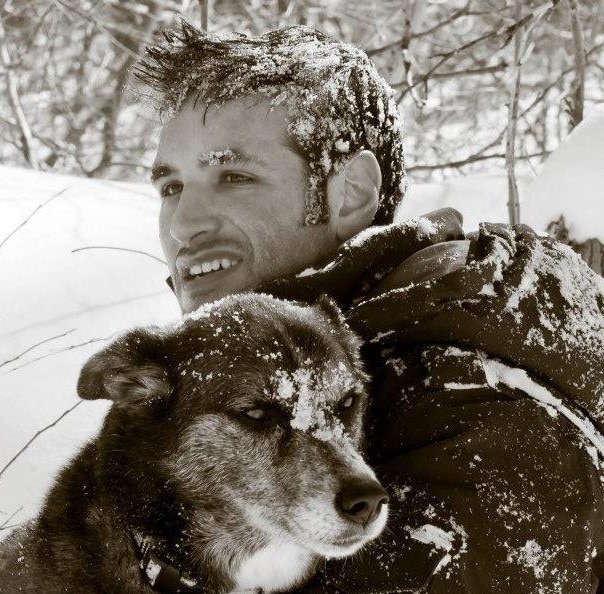Training for a 10K? Get race ready with our 8-week training plan

So, you've conquered a 5K or two, and you're itching for more kilometres. What's next? Start training for a 10K, of course! But even with that awesome running base you've built, doubling your race distance is no mean feat. Fortunately, Brooks ambassador and coach Beofra Butler is here with a carefully crafted 10K training program to help you keep progressing. This routine is designed to last eight weeks and end on race day.
With more than 30 years of distance running experience, Butler knows how to put together a solid training plan. She has completed several ultras, more than 110 marathons worldwide, a crazy amount of shorter races, multiple Boston Marathons and a few triathlons. She's an active member of several local and national running groups and a Level II coach with the Road Runners Club of America (RRCA), and fortunately for us, she's all about helping others become better runners than they were yesterday.
The thing about 10K races
Before jumping into the training program itself, though, there are a few things about this particular race that you should know. As the name suggests, this race is 10 kilometres, or 6.2 miles, long. That increased distance means you'll not only need greater physical and mental endurance, but also a much deeper understanding of how to pace yourself. While elite athletes like Rhonex Kipruto can burn through this distance in staggering, world-record-setting times like 26:24 minutes (insert mind-blown emoji), most of us should usually expect to be running for around 45 minutes to over an hour.
This routine, then, is designed to not only acclimate you to that amount of running but also give you the sort of physical awareness needed to manage your time and energy properly. Consisting of three to five runs each week, this plan will use a variety of run types to prepare you for race day.
A word on intensity
The training plan, which is designed to improve all aspects of your run, uses your heart rate as the primary measure of intensity. As you read over the workouts, you'll notice a percentage written next to most sessions. This represents the percent of your maximum heart rate (MHR) at which you should be running. So, unless you want to periodically take your pulse during your run, you'll need a heart rate monitor or smart watch to best follow this program.
To calculate your maximum heart rate, the American Council on Exercise recommends the following formula: 208 – (.7 x your age) = MHR.
For a 35-year-old runner, then, max heart rate would be calculated as follows:
- 208 – (.7 x 35)
- 208 – (24.5)
- 183.5 = MHR
Based on this number, you can then calculate the percentage that each run calls for according to the schedule. An easy run, for example, would only have you running at 50% of your MHR. Before embarking on this program, sit down and figure out your MHR and the percentages for each workout to save yourself time later on.
Keeping tempo
Two times during the plan, you'll also be doing a particular type of workout called a "tempo run." Essentially, tempo runs require you to maintain a relatively high effort for a given distance. To do these effectively, you will need to know your MHR as discussed above.
Hills and intervals
Aside from tempo runs, hill runs and interval workouts are valuable tools when training for a 10K to help improve your speed and strength. Since the intervals require you to run a very specific distance, it can be helpful to run on a track or treadmill. Similarly, for the hill sprints, you'll need to control your terrain. Depending on where you live, it may be easiest to run these on a treadmill, too.
The 10k training plan
Ready to go!
With the information in this article and an expertly crafted training plan, you're ready to start training for your next 10K. This race is an awesome distance that will enhance your endurance and keep you progressing toward longer and longer runs.
As your distances increase, though, you will need to keep an eye on your shoes since they're going to take a beating. If you're looking to renew your gear, use our Shoe Finder to locate the best shoes for you.
Our writer's advice is intended for informational or general educational purposes only. We always encourage you to speak with your physician or healthcare provider before making any adjustments to your running, nutrition, or fitness routines.
